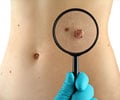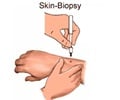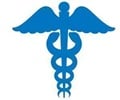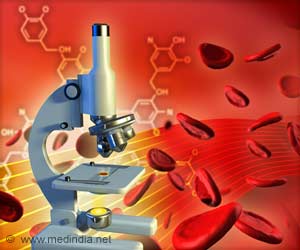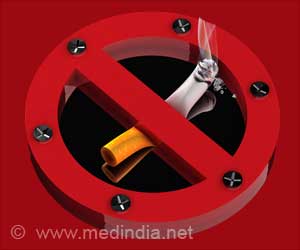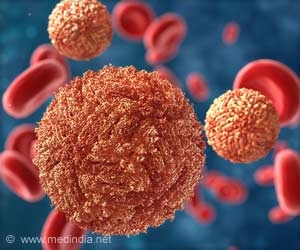Low DNA repair capacity (DNR) measurements in people indicates the high risk for non-melanoma skin cancer, and so, could be used to evaluate preventive therapies, states a study.

DRC is a complex cellular mechanism involving more than 200 proteins that is used to repair damage to DNA within cells. Bayona explained that DNA damage can be caused by exposure to solar ultraviolet light and other types of radiation, dietary factors and aging. DRC has been linked to several types of cancer development.
The researchers conducted a case-controlled study among participants in Puerto Rico to determine whether a reduced DRC was a risk factor for non-melanoma skin cancer.
After comparing DRC levels in 477 newly-diagnosed, non-melanoma skin cancer cases and 365 controls without cancer, they found that low DRC levels were strongly associated with non-melanoma skin cancer.
Bayona and colleagues also studied key risk factors and their possible association with DRC as predictors for non-melanoma skin cancer:
- demographics (age, gender) and family history of non-melanoma skin cancer;
- skin, hair and eye color, and presence of freckles;
- occupational and recreational sun exposure;
- sunscreen use;
- cigarette smoking;
- vitamins, aspirin and calcium intake;
- DRC levels; and,
- dermatological information and other variables that could provide an estimate of non-melanoma skin cancer risk.
Advertisement
"Doctors could use DRC levels to monitor how non-melanoma skin cancer risk decreases in individuals taking cancer preventive therapies," he said.
Advertisement
Source-Eurekalert

